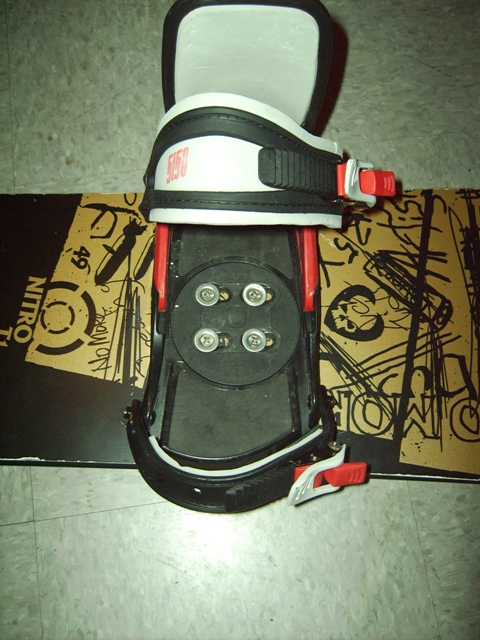Snowboard binding
From DDL Wiki
| Line 56: | Line 56: | ||
<br /> | <br /> | ||
The results of the EIO-LCA show an increase of 862 metric tons of CO2 equivalent (MTCO2E) per $1 million increase in demand for snowboard bindings. This increase is mainly attributed to the power generation and supply needed to manufacture the plastic products. We have noted that the predicted emissions associated with other plastics product manufacturing accounts for only 4% of total greenhouse gas emissions. | The results of the EIO-LCA show an increase of 862 metric tons of CO2 equivalent (MTCO2E) per $1 million increase in demand for snowboard bindings. This increase is mainly attributed to the power generation and supply needed to manufacture the plastic products. We have noted that the predicted emissions associated with other plastics product manufacturing accounts for only 4% of total greenhouse gas emissions. | ||
| + | |||
| + | [[Image:DFE3.jpg]] | ||
Revision as of 17:32, 20 September 2009
Assembly
The following is a parts list of all the components that make up ONE snowboard binding (as in the left or right, but not both). It includes the weight of each component, the material which it is made of, and a picture of the piece. There's total of 63 parts to each binding. While many of these parts are nuts, bolts, and washers, it shows that there is more complexity to a binding than one might expect.

Failure Modes and Effects Analysis
Failure modes and effects analysis (FMEA) is an effective tool in identifying a product’s strengths and weaknesses. The process begins by listing all components/parts of a product. Each component is then analyzed to determine different possible failure modes and effects of each failure mode. The failures are rated according to the legend below. The failures and effects of failures are assessed on a scale from 1 to 10, 1 being lowest and 10 highest. Finally, a recommended action may be proposed if necessary and each component is reevaluated (*).
The table below lists the separate components of a snowboard binding and assesses different modes in which these components may fail.
Legend :
(S) – Severity of the Failure
(O) – rate of occurrence
(D) – Detectability of the problem
RPN – Risk Priority Number; = S*O*D

DESIGN FOR ENVIRONMENT
Recent growing concerns over human environmental impact have stirred engineers to become more aware of their designs and the impact on the environment. This growing awareness brings about a new engineering aspect entitled “Design for Environment”. In our analysis of the snowboard binding, we considered various guidelines when determining the product’s environmental influence. Since the usage of the product does not require any external sources or energy input (besides that of the user).Therefore, we have found the analysis of the environmental impacts of snowboard binding usage negligible.
We used a template for analysis called Life Cycle Assessment (LCA) which examines each process associated with the manufacture, production, use, and disposal of the product. The following flow chart represents the various aspects of the life cycle of a snowboard binding.
We have used software that produces an Economic Input-Output LCA (EIO-LCA) in order to quickly analyze the chart above. This program uses industry sector averages to predict economic and environmental impact based on the supply chain needed to generate a given demand. The main material used in the life cycle for the product is plastic, and we have therefore chosen to use the model for “Other Plastic Product Manufacturing” sector for a design for environment analysis.
MANUFACTURING
Economic Activity
The results show that the main economic activity in producing a demand of one million dollars is credited towards other plastics product manufacturing. These results predict that for the demand given, we can assume a total economic activity increase of $2.36 million.

Greenhouse Gas Emissions
The results of the EIO-LCA show an increase of 862 metric tons of CO2 equivalent (MTCO2E) per $1 million increase in demand for snowboard bindings. This increase is mainly attributed to the power generation and supply needed to manufacture the plastic products. We have noted that the predicted emissions associated with other plastics product manufacturing accounts for only 4% of total greenhouse gas emissions.



